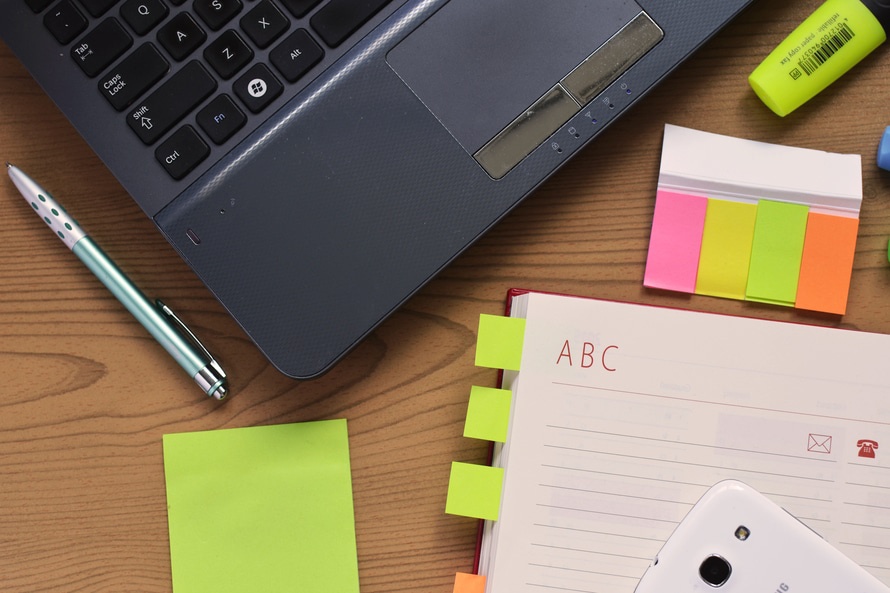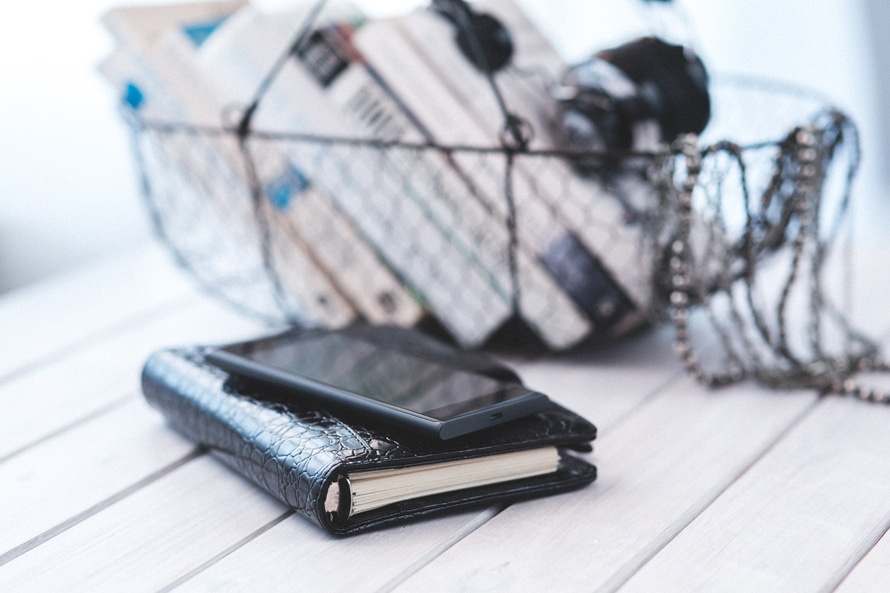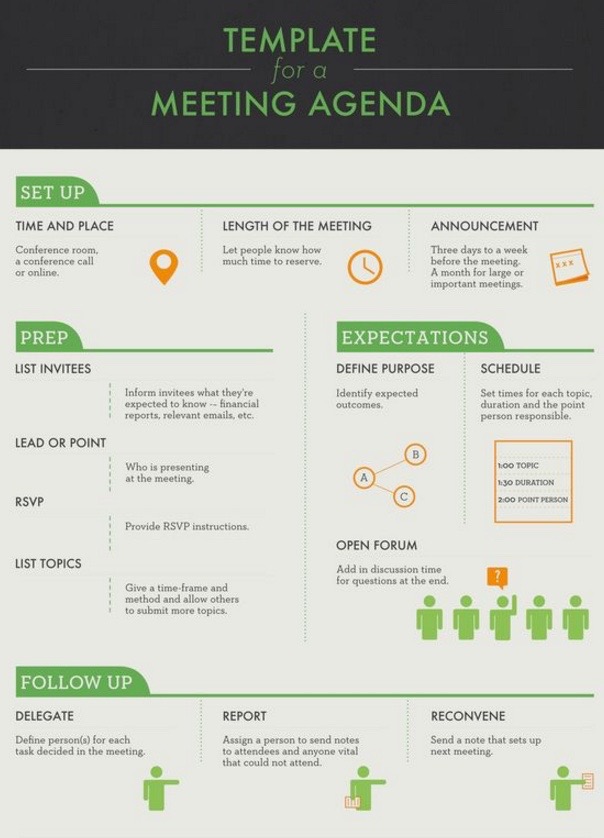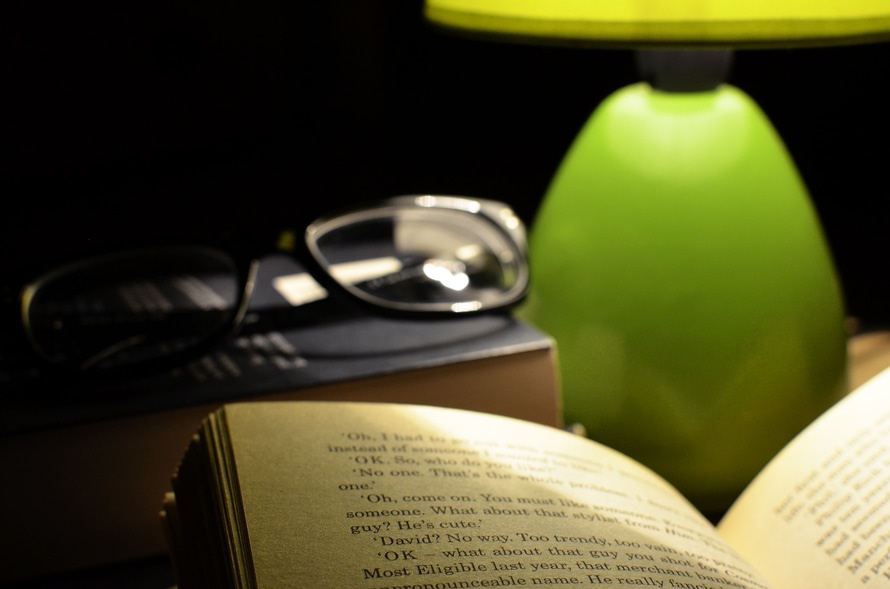The right furniture can set the mood – as well as provide comfort for the attendees.
The key is to create an environment that enhances the event. It’s not just about renting furniture, it is about creating the right ambiance.
For example, it’s trending now to provide open space seating at meetings, instead of just rows of chairs. People are different sizes, they sit in different ways, yet there is a tendency to make all chairs alike. With open space seating you try not to furnish any room with chairs that are identically the same.
Choose a variety of different chairs, some big, some small, some softer than others, some with rockers, some with arms, some wicker, some wood, some cloth. Put some highboys in the back of the room for people that prefer to stand. Have some tables, for those that prefer table seating.
A furniture rental company can help you plan the space. Most cities that host a lot of conventions have one or more furniture rental companies. From these, you can rent all types of furniture suitable for indoor and outdoor events.
You can even buy their furniture. At least once a year, most furniture rental companies have liquidation sales to reduce their inventory so they can bring in new and fresh designs.
This is a perfect time to refurbish your office or home with a new look by adding new sofas or easy chairs. Contact furniture rental companies in your area and get put on their mailing list to be notified when the liquidation sales will occur.






